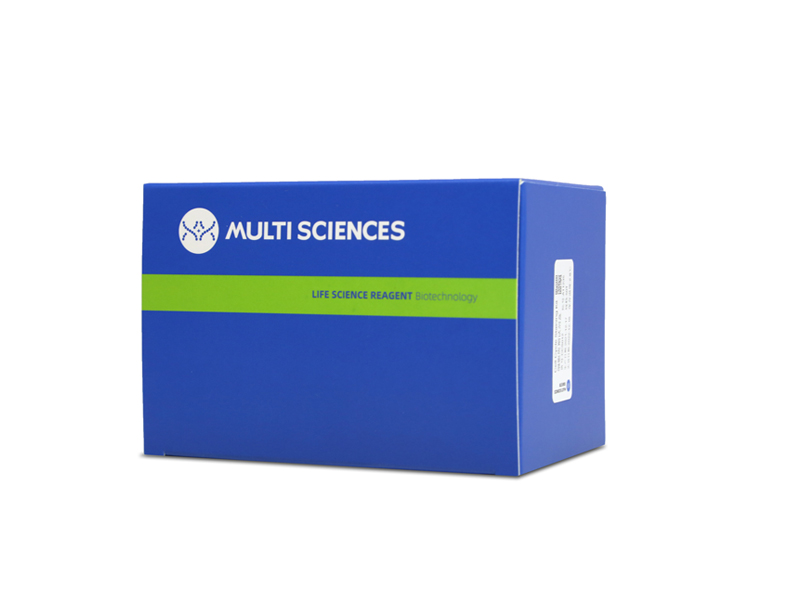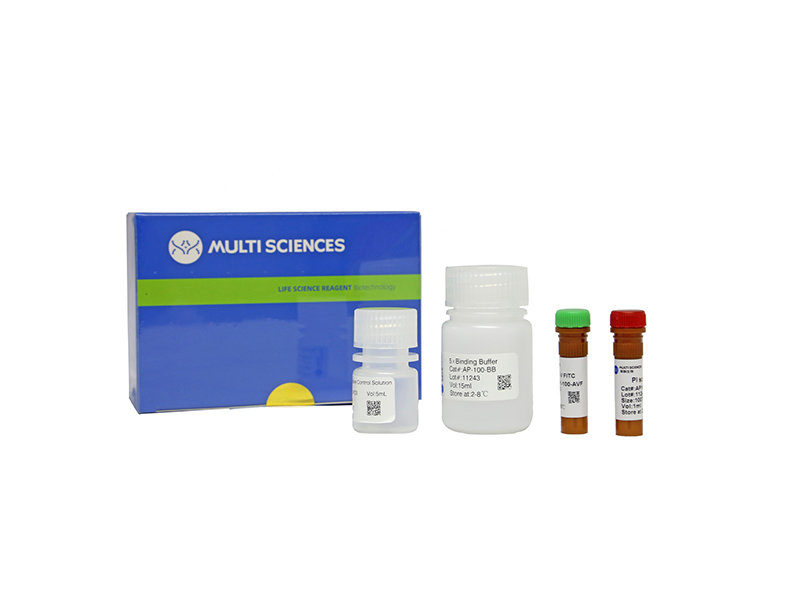In this study, we investigated the effects of Angiotensin II (Ang II) on insulin-resistant endothelial cells. High glucose and insulin at series of concentrations were used to induce IR in Human Umbilical Vein Endothelial Cells (HUVECs). Successful IR induction was confirmed according to glucose consumption and glycogen content levels. Cell morphology was observed under a microscope. Expression levels of Ang II and Calreticulin (CRT) were measured by ELISA, qRT-PCR and Western blot as appropriate. Cell viability and apoptosis were measured by CCK-8 assay and flow cytometry, respectively. HUVECs with IR were exposed to Ang II at series of concentrations, and then the cell viability, apoptosis and CRT were detected. Rescue assays were performed by transfection of siCRT or overexpression of CRT with or without Ang II stimulation into the HUVECs with IR. Expressions of cell apoptosis-related proteins Bcl-2 and Bax were measured by qRT-PCR and Western blot. Glucose (33.3 mmol/L) and insulin (4 µmol/L) induced significantly strong IR to the HUVECs, with a pathological appearance. Levels of Agn II and CRT were both up-regulated by IR. Cell viability of HUVECs was slightly reduced after IR induction for 2 h, and cell apoptosis rate was increased. In addition, Ang II (10-7 mol/l) suppressed cell viability and glucose uptake, promoted cell apoptosis and increased CRT, and these effects could be weakened by silencing CRT. Thus, we preliminarily proved that Ang II up-regulates CRT, and CRT knockdown can relieve Ang II-induced injury of HUVECs with IR.
文章引用产品列表
-


- GAM007 359 Citations
- 二抗
Goat Anti-Mouse IgG(H+L) HRP 山羊抗小鼠二抗-HRP
- ¥255.00 – ¥350.00
-
- AP101 1755 Citations
- 凋亡试剂盒
Annexin V-FITC/PI Apoptosis Kit(适用于除C6以外的流式细胞仪)
- ¥630.00 – ¥1,280.00



